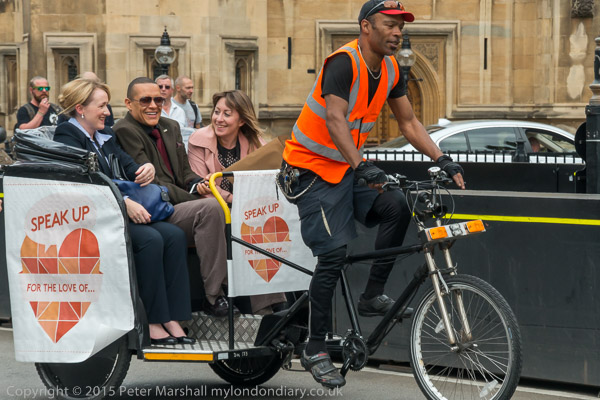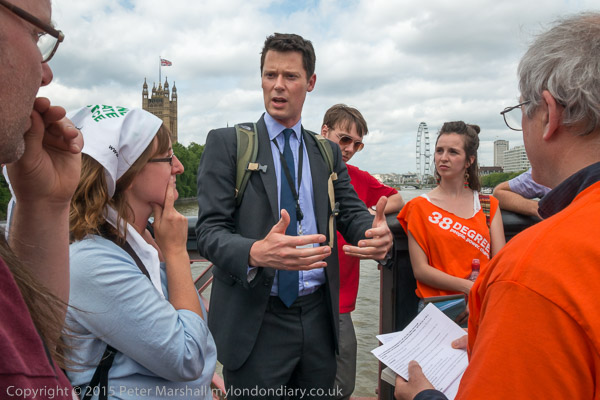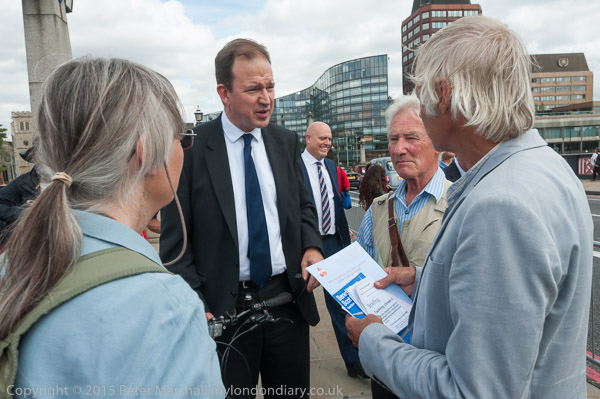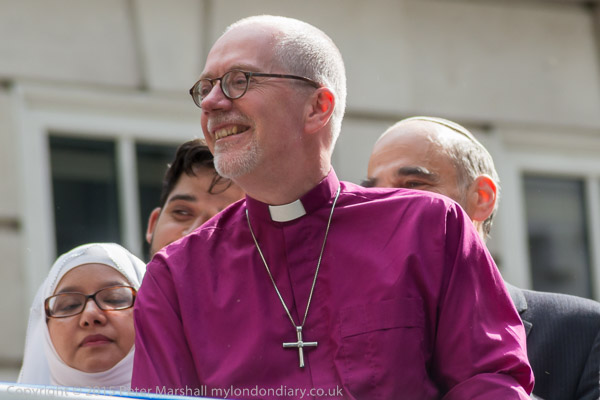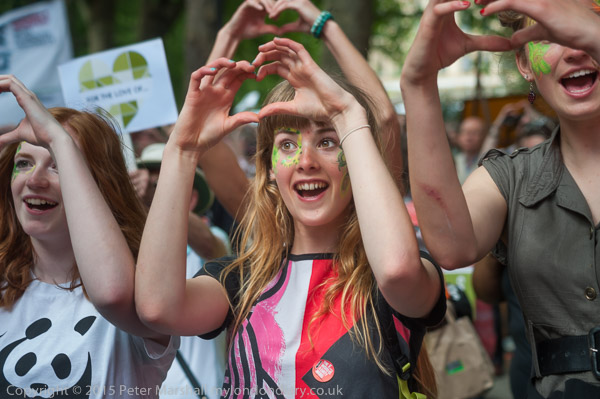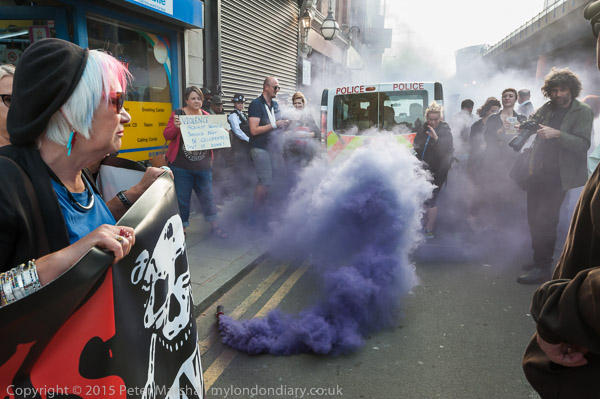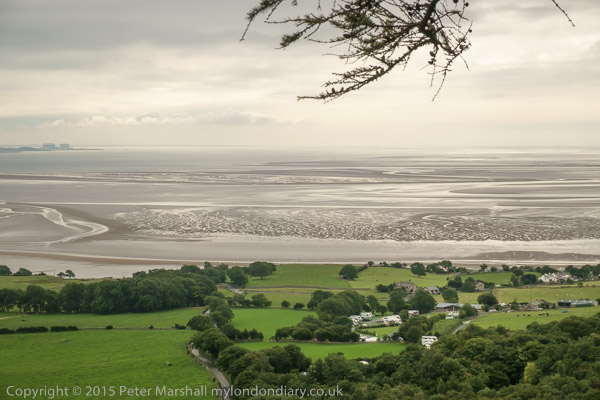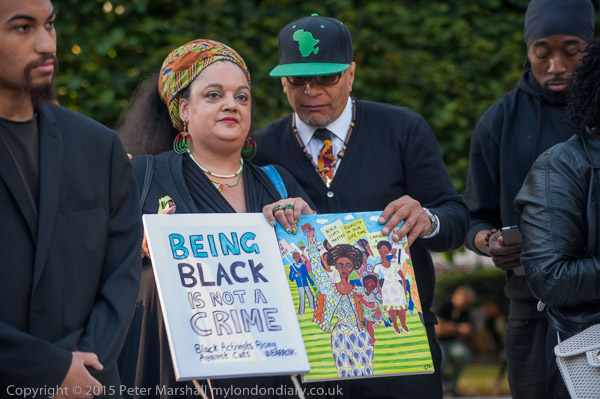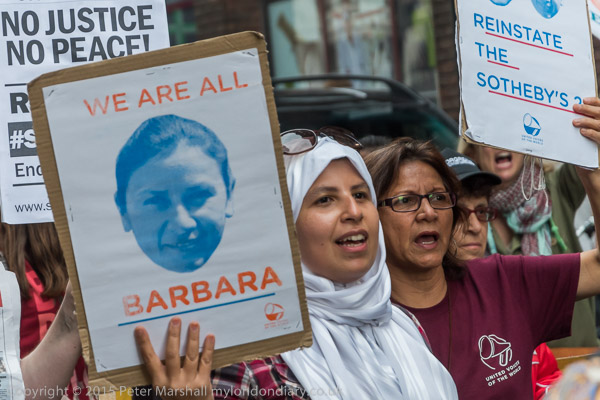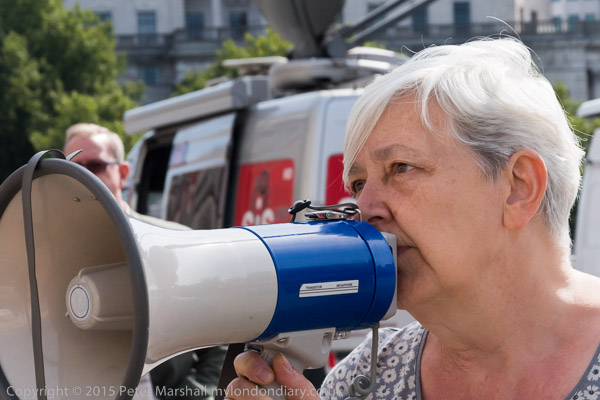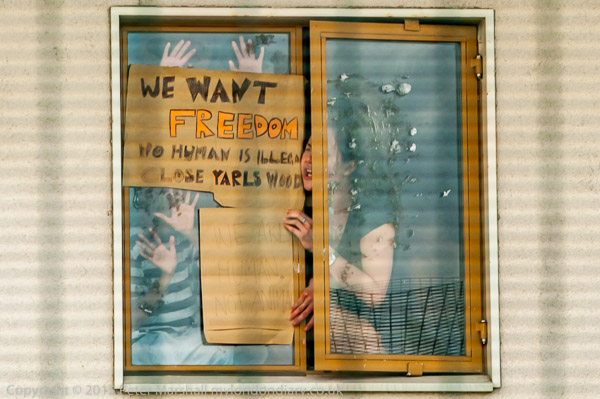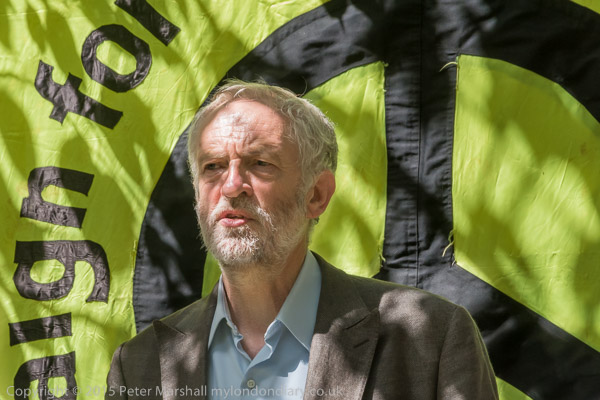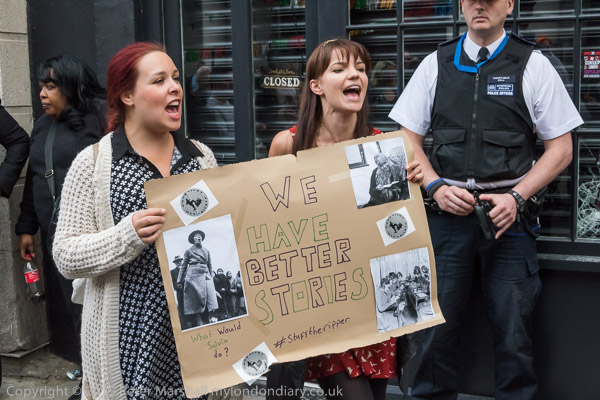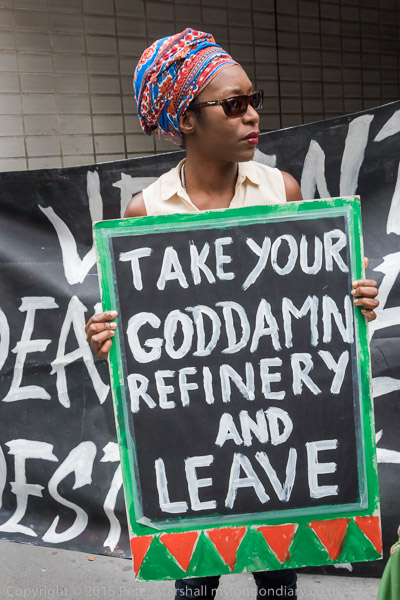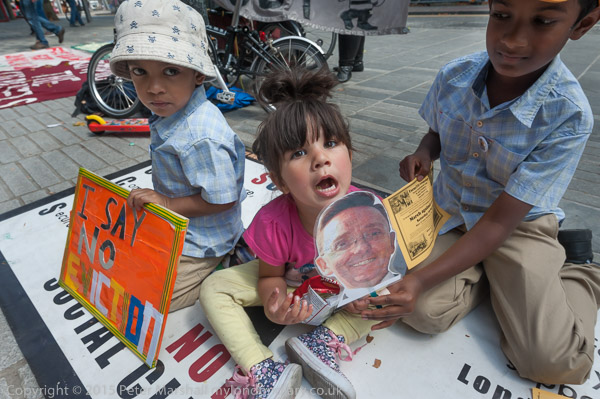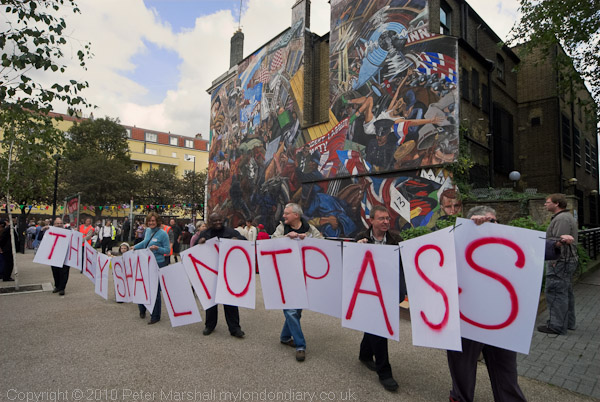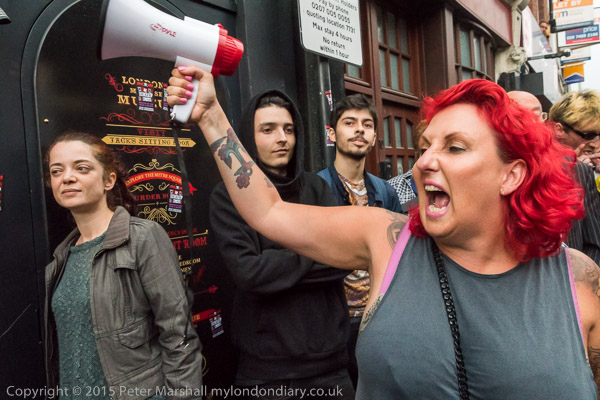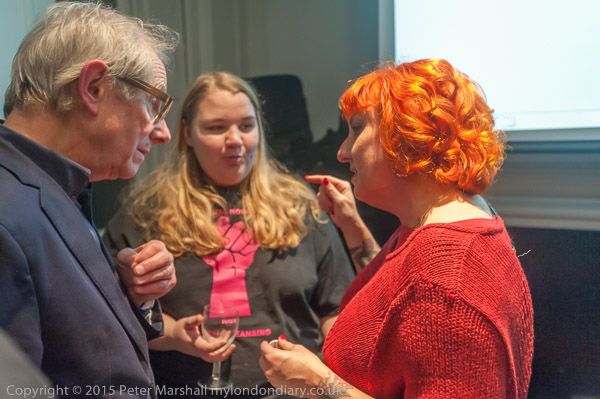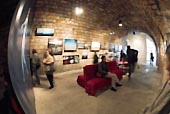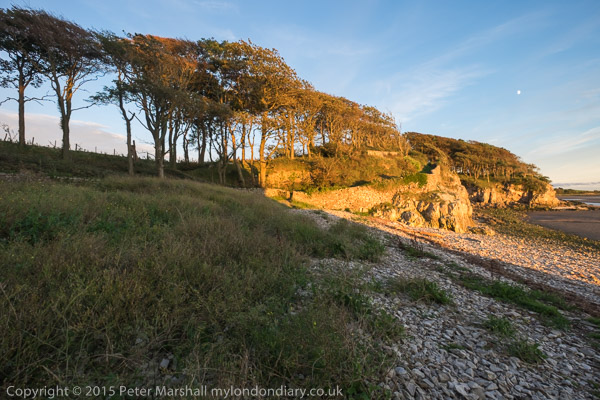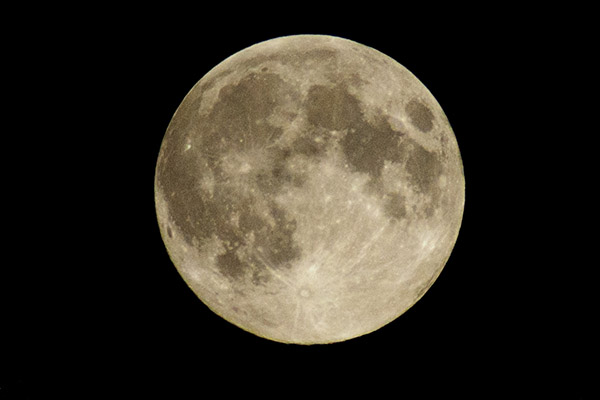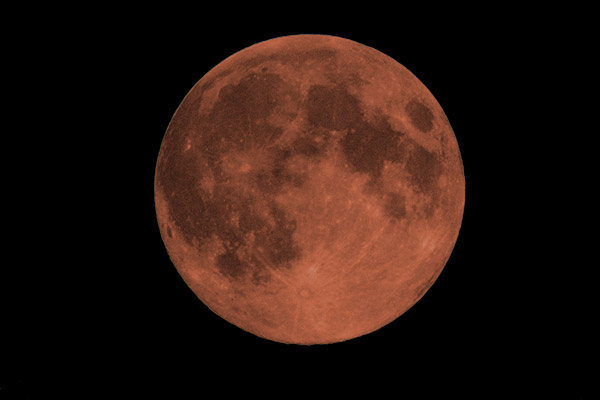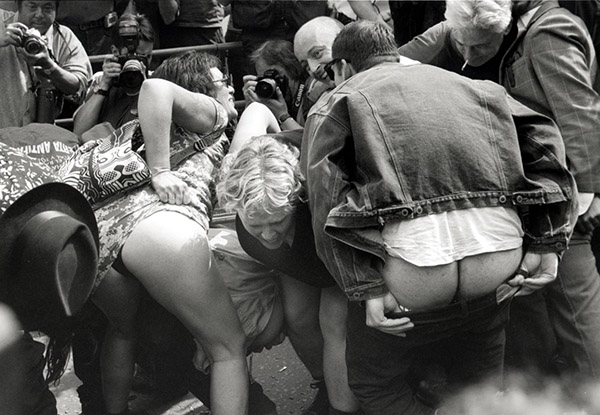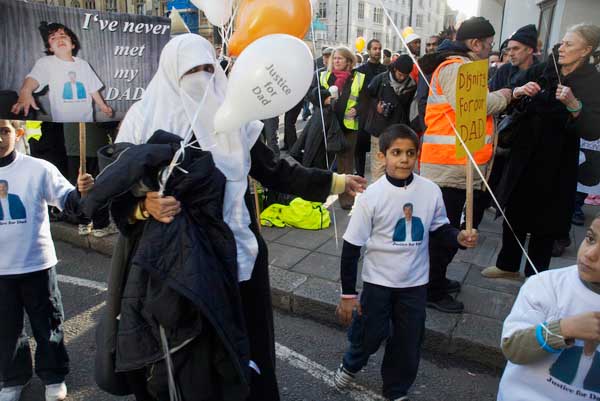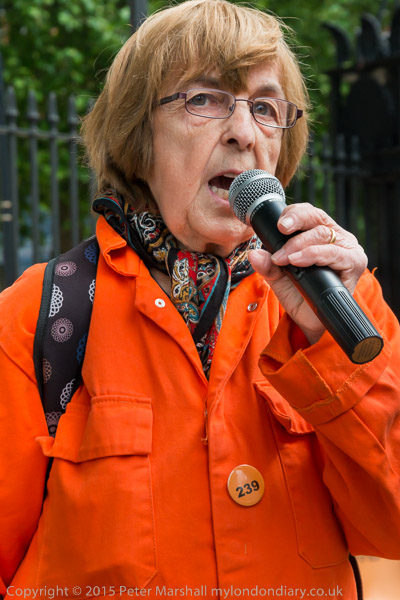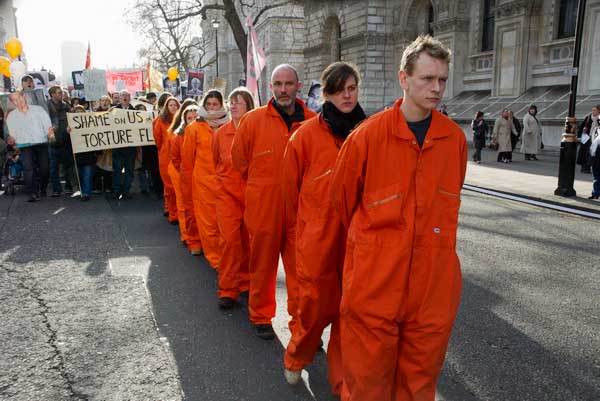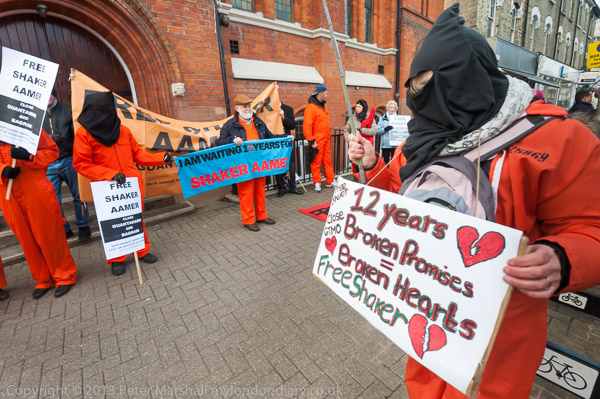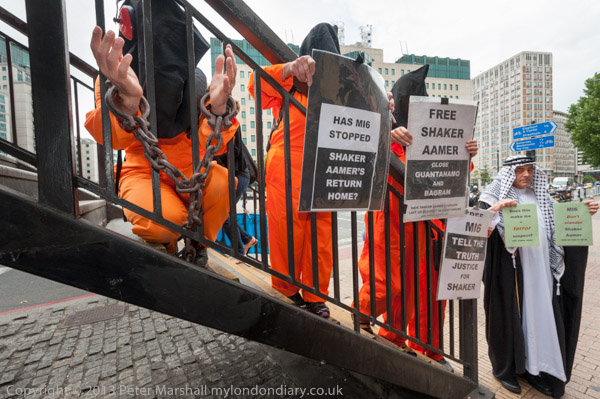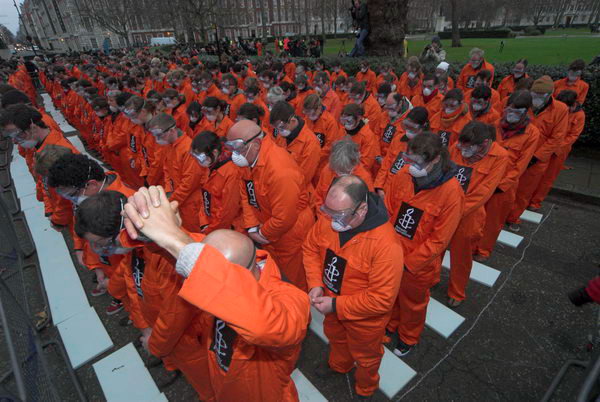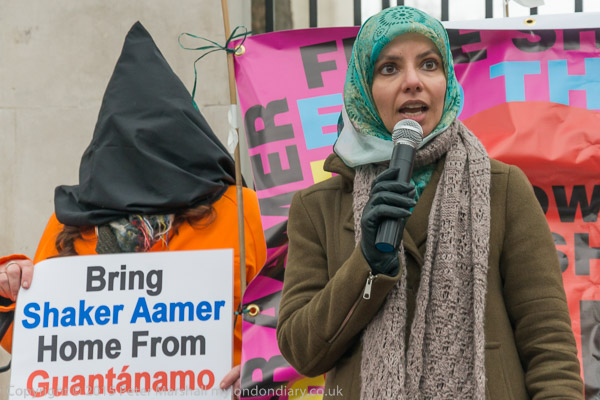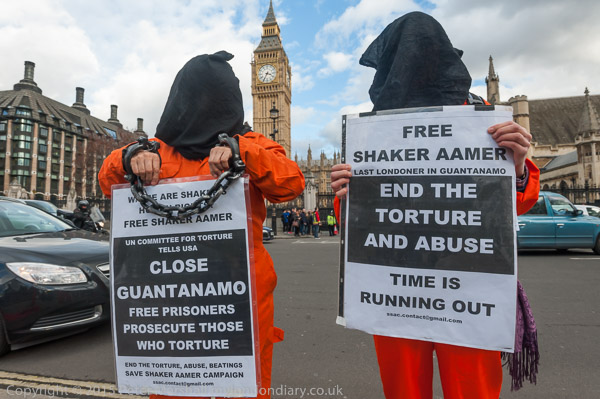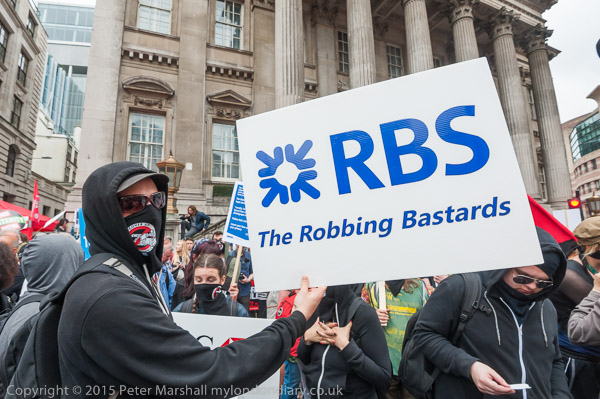
I got to Bank early for the March Against Austerity on June 20th because I knew it would get crowded. It was hard not to think back to previous events there,including the G20 Meltdown in 2009, where police came determined for a fight, having stoked up public hate against the protesters through the media over the previous week with predictions of violence and riot. What the organisers intended as a carnival of protest (though a very small minority of protests were intent on mayhem) ended up with police wading in, extended kettling, baton charges and the death of a bystander. Photographers were injured – one of my friends later got a large sum and extensive dental treatment and legal costs from the police for a totally gratuitous assault, another had his arm broken, and there were many more with minor injuries. And of course many protesters were also injured by the police, almost entirely those who had come with every intention of protesting peacefully.
I’d been fortunate then and left before the trouble really started to cover another event at the other end of town. By the time that finished it was too late to go back to Bank, as police had the whole area cordoned off and were not letting press in (or out.) It did mean I missed the chance of some dramatic images, but long ago, back on May Day in 2000 as I watched the riot police storming in to attack protesters I decided that I would where possible avoid being in such violent confrontations. Which I have more or less managed to do. Part of that decision was not to buy or carry the protective equipment which are now a part of many photographers standard equipment – helmets, shin pads and the rest. I’m a photographer not a para-military.
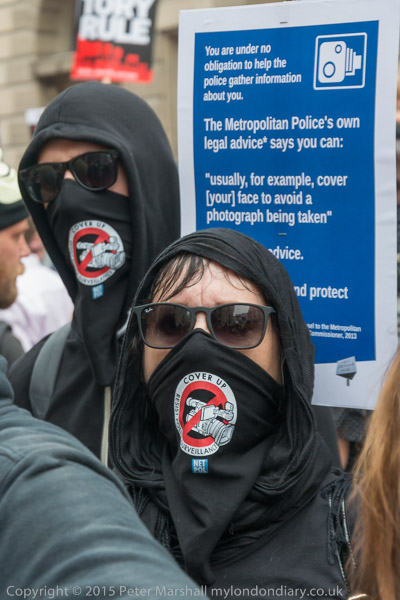
But on this day I expected things to be fairly quiet and orderly. Why? Because of the cuts that the protest was against. Police have suffered from them, and seem seldom to have either the resources or the will to oppose protests as they used to. There were a few police around, but hardly more than you might see on a normal day in the City, though rather more van loads sitting and waiting in case.
Class War and End Austerity Now
After a while I left in search of Class War, who had been dismissive of the plans for the march and rally, calling for direct action. Their published plan had been to meet up at St Paul’s Cathedral, but that was occupied by another event and they were nowhere to be seen. I wandered down to the route of the march, looking on Twitter for some clues as to where they might be without success. I’d taken a couple of pictures of the march when I realised something was happening just a few yards further on and it was Class War.
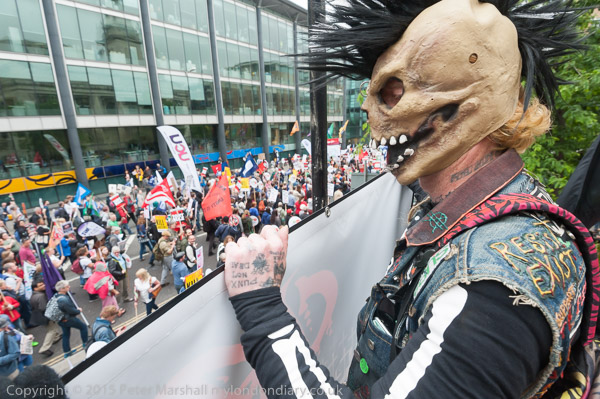
Some of them were standing with banners on the edge of a small courtyard which overlooked the street, and others were at the bottom of the steps down from this. As well as the banners and some unusual dress they were drawing attention to themselves by letting off smoke flares.
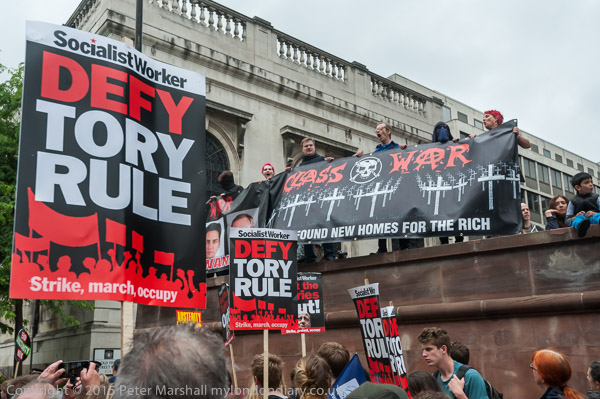
I stayed with Class War, photographing the rest of the large march as it passed their position. At one point, police briefly massed behind them as if to pounce, but then melted away. As the end of the march passed them, Class War tagged on for a couple of hundred yards, then turned off into the city alleys in search of a pub, followed at an indiscrete distance by the bill. The city isn’t their territory, and the search was fruitless until they chanced upon Ye Olde London on Ludgate Hill. I went inside with them while their escort waited on the other side of the road.
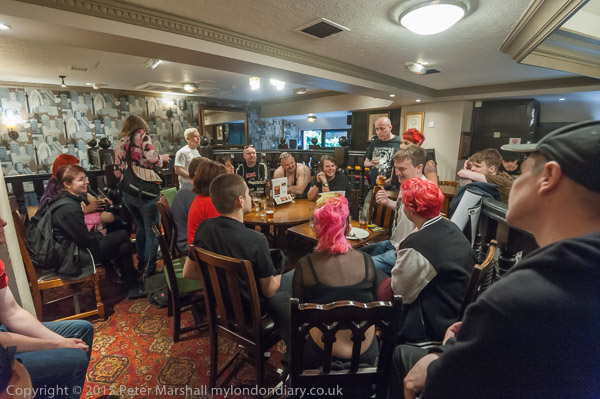
Although I’d found Class War, I’d also missed them, and a group of them had led a breakaway group of around 500 from the march down to the Elephant in support of the occupation of a pub there which has been bought to be closed down and opened as yet another estate agents. It was too late to try and join them by the time the news came through, so I settled down with a pint or two and listened to the discussion of what those in the pub intended to do next.
Eventually there was a decision to go to Westminster, where the rally after the march was taking place. Some were keen to take the tube, but others couldn’t afford the fare and they decided to march, and they turned out and set off, followed by the small group of police who had been waiting outside for an hour or so. As they crossed Lancaster Place, one of them called out for them to run to the Savoy, and they broke away from the police. But there were more police already at the Savoy who moved them away as they stood with banners and stopped a few of the taxis going in and out.
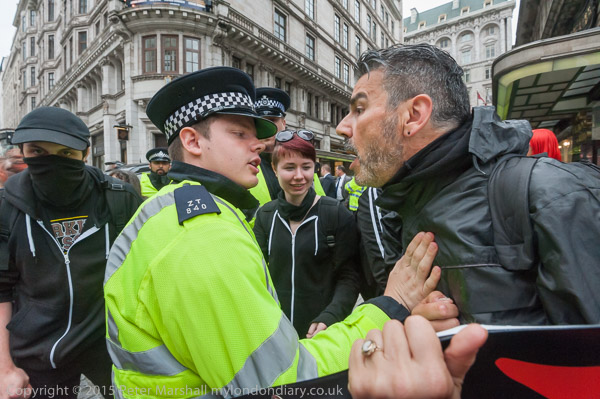
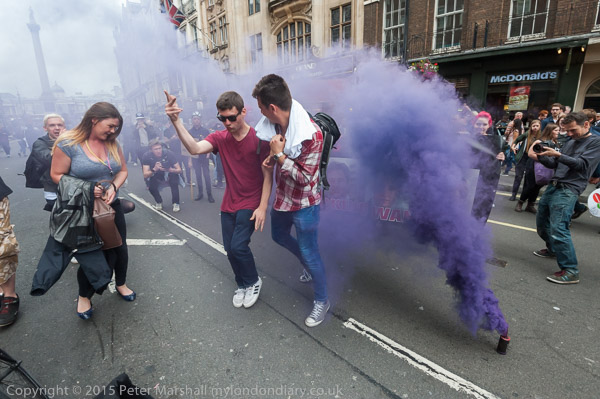
As it looked as if the police might be about to make some arrests, Class War ran off down the Strand and into Whitehall. There they met some of the marchers who were leaving the rally and stopped for more protests, meeting with a sound system and dancing in the street before going to protest in front of Downing St.
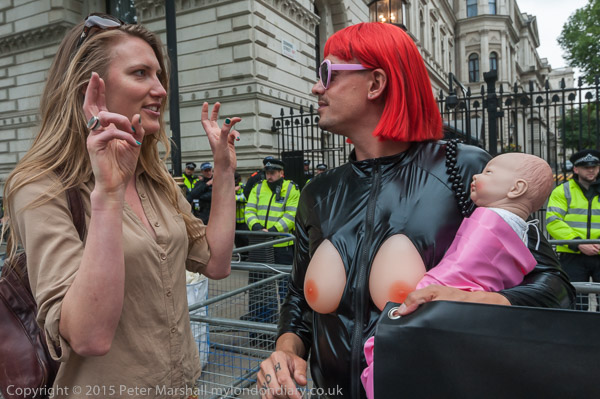
There were a few short speeches, some more dancing, and a smoke flare got thrown over the gates into Downing St. Quite a few people from the rally going past on their way home stopped to join them, but the light rain that was now falling dampened things a little. The police stood and watched but did nothing. When Class War decided the police were likely to make a move, they rolled up their banners and rapidly moved away with the crowd towards another pub to decide on further action. I’d had enough and I went home.
Continue reading Against Austerity
